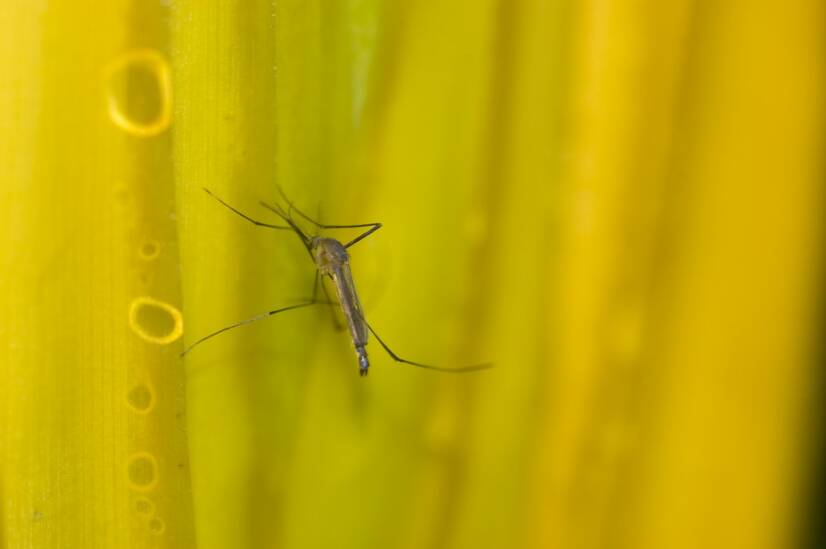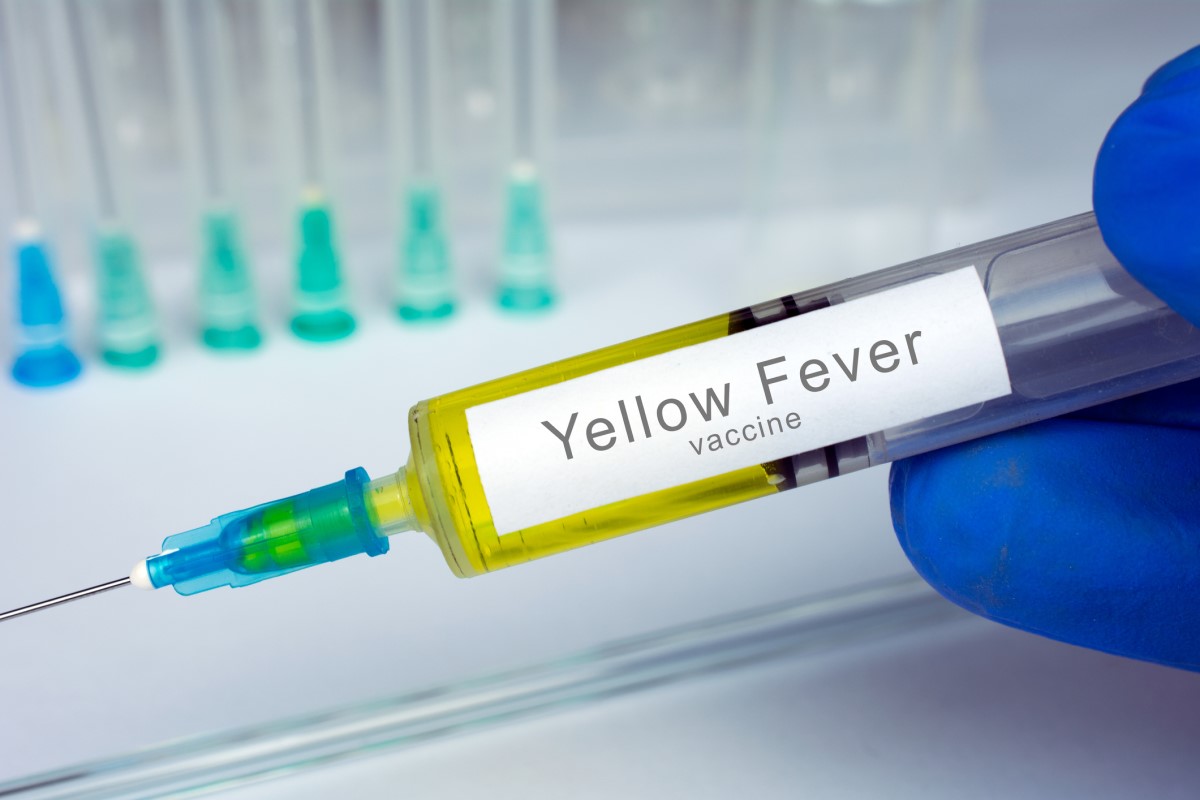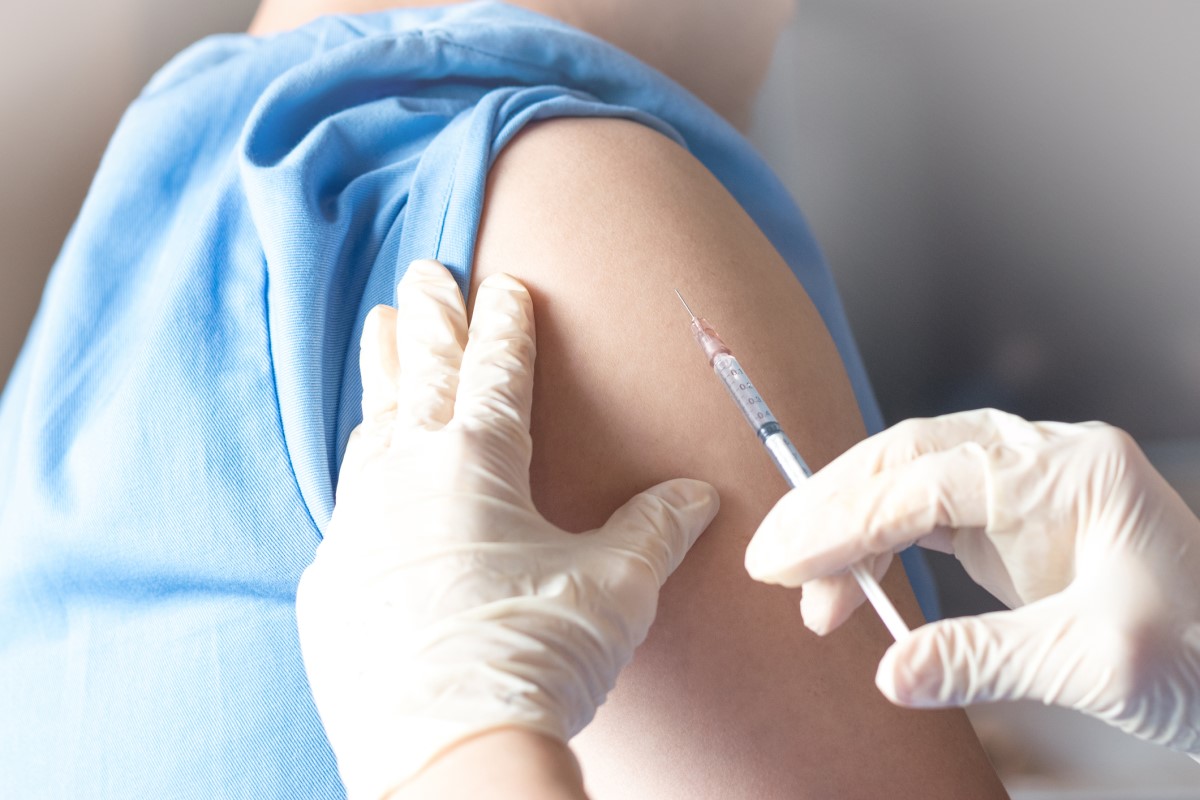- Oldstone M (2009). Viruses, Plagues, and History: Past, Present and Future. Oxford University Press. pp. 102–4. ISBN 978-0-19-975849-4.
- Bazin H (2011). Vaccination: a history from Lady Montagu to genetic engineering. Montrouge: J. Libbey Eurotext. p. 407. ISBN 978-2-7420-0775-2.
- "Yellow fever Fact sheet N°100". World Health Organization. May 2013.
- Tolle MA (April 2009). "Mosquito-borne diseases". Current Problems in Pediatric and Adolescent Health Care. 39 (4): 97–140.
- "Yellow Fever". Healthline. 2021-02-25. Retrieved 2022-04-22.
- Scully C (2014). Scully's Medical Problems in Dentistry. Elsevier Health Sciences. p. 572. ISBN 978-0-7020-5963-6.
- "Yellow fever - Symptoms and causes". Mayo Clinic. Retrieved 2022-04-27.
- Goes de Jesus, Jaqueline; Gräf, Tiago; Giovanetti, Marta; Mares-Guia, Maria Angélica; Xavier, Joilson; Lima Maia, Maricelia; Fonseca, Vagner; Fabri, Allison; dos Santos, Roberto Fonseca; Mota Pereira, Felicidade; Ferraz Oliveira Santos, Leandro (2020-08-11). "Yellow fever transmission in non-human primates, Bahia, Northeastern Brazil". PLOS Neglected Tropical Diseases. 14 (8)
- Lindenbach BD, Rice CM (2007). "Flaviviridae: The Viruses and Their Replication". In Knipe DM, Howley PM (eds.). Fields Virology (5th ed.). Philadelphia, PA: Lippincott Williams & Wilkins. p. 1101. ISBN 978-0-7817-6060-7.
- "Frequently Asked Questions About Yellow Fever". CDC. August 21, 2015.
- Lataillade, Lucy de Guilhem de; Vazeille, Marie; Obadia, Thomas; Madec, Yoann; Mousson, Laurence; Kamgang, Basile; Chen, Chun-Hong; Failloux, Anna-Bella; Yen, Pei-Shi (2020-11-16). "Risk of yellow fever virus transmission in the Asia-Pacific region". Nature Communications. 11 (1): 5801.
- Barrett AD, Higgs S (2007). "Yellow fever: a disease that has yet to be conquered". Annual Review of Entomology. 52: 209–229. doi:10.1146/annurev.ento.52.110405.091454. PMID 16913829. S2CID 9896455.
- Sfakianos J, Hecht A (2009). Babcock H (ed.). West Nile Virus (Curriculum-based juvenile nonfiction). Deadly Diseases & Epidemics. Foreword by David Heymann (2nd ed.). New York: Chelsea House. p. 17.
Yellow Fever: Symptoms, Transmission, Vaccination

Photo source: Getty images
Most common symptoms
- Headache
- Joint Pain
- Muscle Pain
- Sensitivity to light
- Fever
- Increased body temperature
- Nausea
- Head spinning
- Bleeding
- Blue leather
- Low blood pressure
- Slowed heartbeat
- Fatigue
- Vomiting
- Vomiting blood
- Reddened skin
- Winterreise
- Yellowish skin
- Confusion
- Liver enlargement
Show more symptoms ᐯ
Treatment of yellow fever: lowering the temperature and other measures.
Show moreYellow Fever is treated by
Other names
Yellow jack, yellow plague, bronze john[












